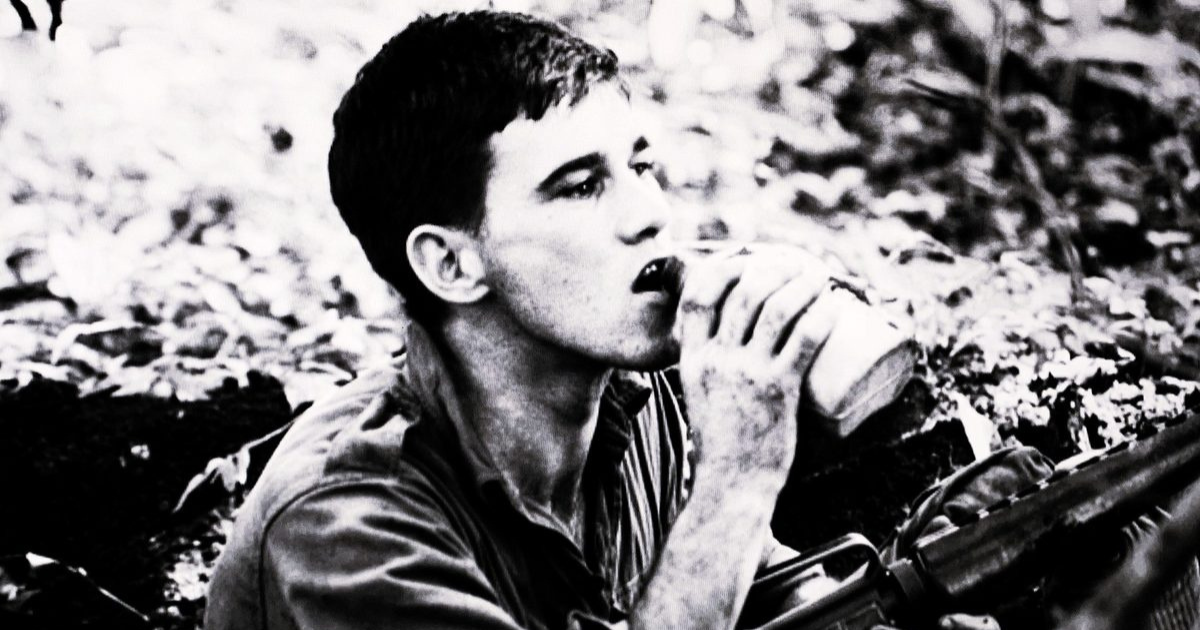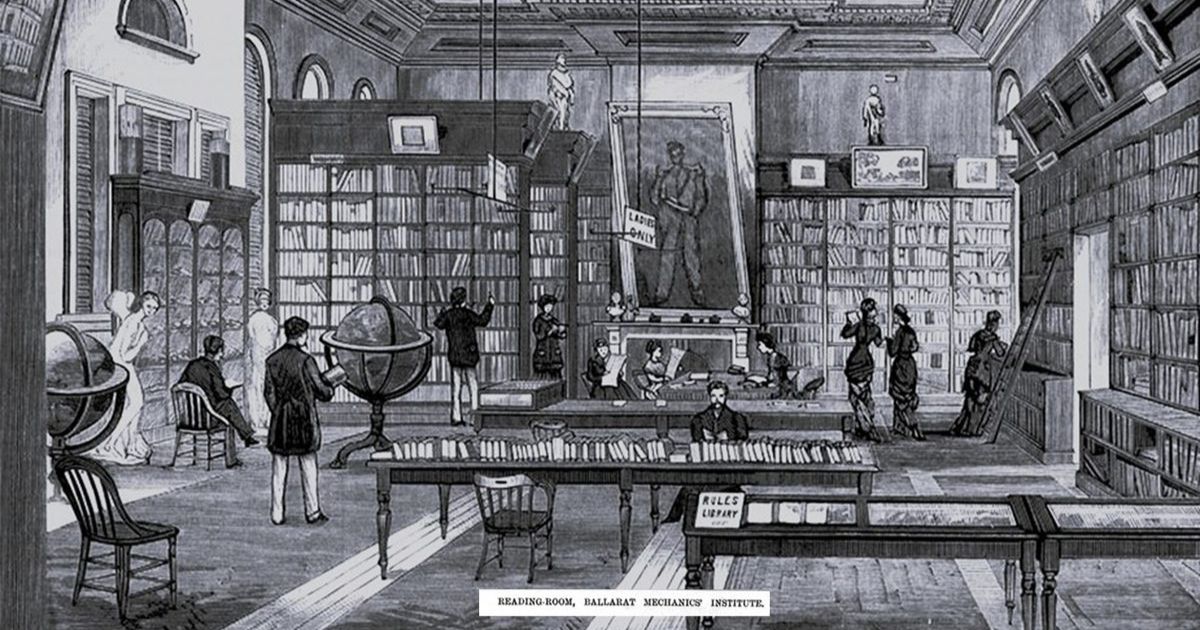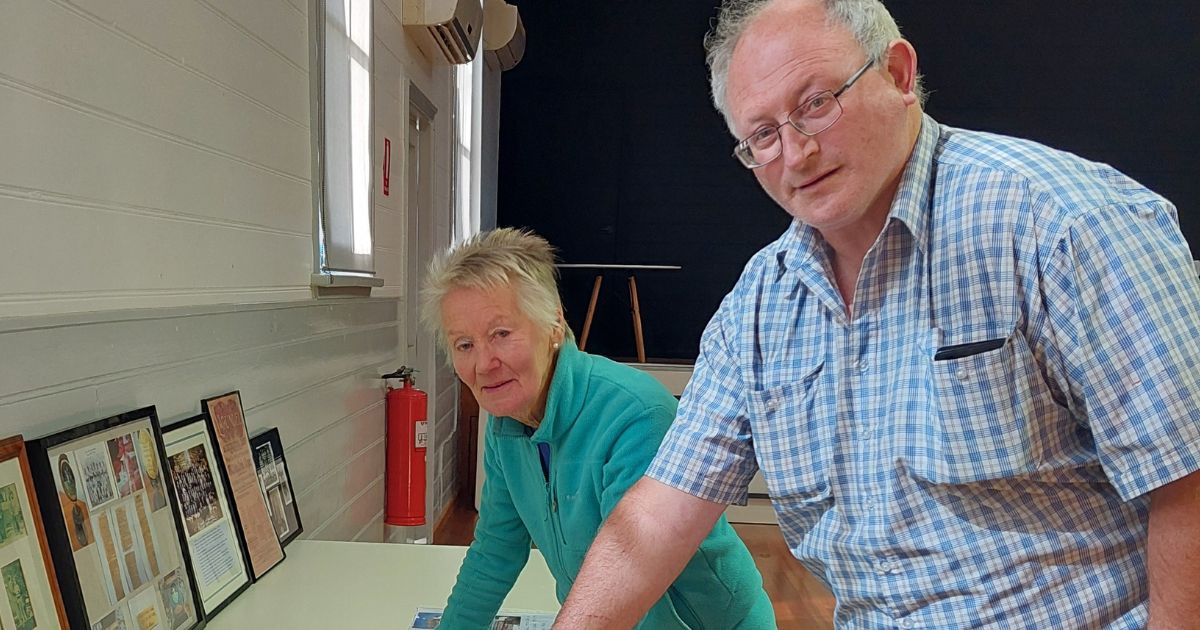From the desk of Roland Rocchiccioli

Pt. Paul Andrew Large — 12 Platoon, Delta Company, 6th Battalion, Royal Australian Regiment, Battle of Long Tân. Ten-weeks after his 21st birthday he was one of 18-Australian soldiers killed, and 24-wounded, in the rubber plantation ambush 16/17-18 August 1966. “Lest We Forget”.
WAR is not the opposite of peace. War is the collapse of civilisation. It is fear disguised as courage; a formulated process of inculcation which persuades courageous soldiers they are not killing, merely reducing the effectiveness of an enemy who would do us harm. Too often, war is old men sending young men to fight battles which might be resolved by diplomacy.
It is 70-years since the commencement of the Vietnam War (1955), and which ended in 1975. It was an acrimonious conflict which pitted the communist government of North Vietnam against the South, together with their principal ally, the United States, and Australia; and exacerbated by the on-going Cold War between the US and the Soviet Union.
From 1962-75, more than 60,000-Australian men and 500-women served in the Vietnam War. In 1964 Australia’s National Service Act introduced selective conscription — designed to create an army of 40,000 full-time soldiers for overseas service. Men aged 20 — while ineligible to vote — were required to register for the Australian Army national service birthday ballot. A contingent of conscriptees saw active service in Vietnam. Initially two-years, the tour-of-duty was later reduced to 18-months, plus 3-and-a-half-years in the ADF reserves. Vietnam service encompassed predominantly Army, Air Force, and Navy, personnel, together with army and RAAF nurses, civilian medical/surgical teams, war correspondents, and entertainers.
Led by the United States, Australians fought alongside South Vietnamese troops against the Vietcong, a communist-led insurgence supported by the North Vietnamese Army. The war exacted an horrendous toll. It claimed 58,220 US personnel; 521 Australians were killed, or listed as missing, presumed dead; and 3,131 were wounded. Estimates of killed Vietnamese soldiers and civilians range to 3-million.
Following the United States’ anti-Vietnam War moratoria, thousands of patriotic Australians marched in peaceful protest — emboldened by outraged mothers who resented their sons being sent to fight a civil war. The Gough Whitlam Labor government was elected, 5 December 1972, and withdraw, immediately, the last of Australian troops from South Vietnam on 18 December. A coup de grâce to a moribund strategy.
Vietnam was the baby-boomers’ war, and Australia’s most unpopular. It divided the Nation like no other theatre-of-war in our history. Disparate political ideology shattered families; ended friendships; ruined careers; and irrevocably contaminated the physical and emotional lives of many of those shanghaied into combat. Family and friends never recovered from the loss of a loved-one. Television news images of middle-class, law-abiding women — wives and mothers — being manhandled and arrested for peaceful protest infuriated the Nation’s sensibilities. Paradoxically, North and South Vietnam reunified in 1976, one year after the hostilities ceased. The Socialist Republic of Vietnam is a one-party system of government ruled by the Communist Party of Vietnam (CPV).
We remember school chums who sent and never returned. We had no inkling their end would come in an alien land — and so young. Myriad questions occur as one stares into the faces of young soldiers in the trove of available photographs: did they come home; what became of them — were they able to pick-up the threads of their disjointed lives; did the Vietnam War cast a long, dark shadow across the remainder of their days?
Roland can be heard with Brett Macdonald radio 3BA — Monday 10.40am. Contact: [email protected]


















